

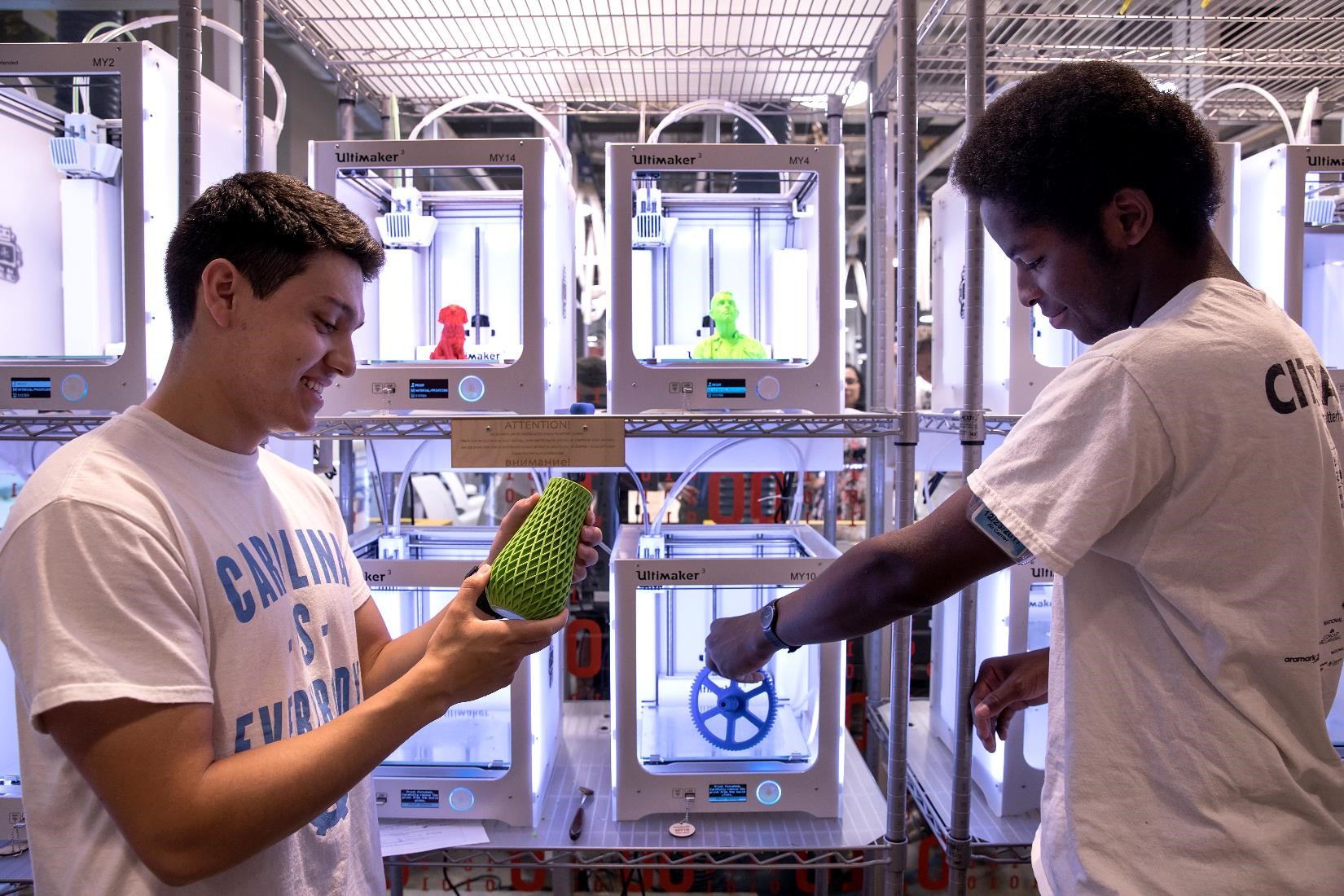
With all the great innovation and entrepreneurship (I&E) programs on campus at Carolina, how do you know which ones are the right fit for you? What resources does each program provide? And how can they help you make your ideas work? Innovate Carolina is taking a tour of the many I&E programs available at UNC. This week, we checked in with the Be A Maker (BeAM) network. Hear the latest scoop and learn how UNC students, staff members and faculty members can join this UNC maker community.
What is BeAM, who does it serve and how can people get involved? Established in 2016, BeAM is a university-wide resource that incorporates making into research, education and entrepreneurship. BeAM is a network of makerspaces, which are facilities that provide tools, courses, workshops and communities for 3D printing, digital fabrication, textiles, wood and metal shop, and more. BeAM has locations in Murray Hall, Hanes Art Center, the Kenan Science Library and Carmichael Residence Hall. One of the best things about BeAM is that it is open to the entire UNC community, so any UNC students, faculty and staff can complete BeAM orientation and begin using the space right away. Visit beam.unc.edu to view the orientation and training schedule.
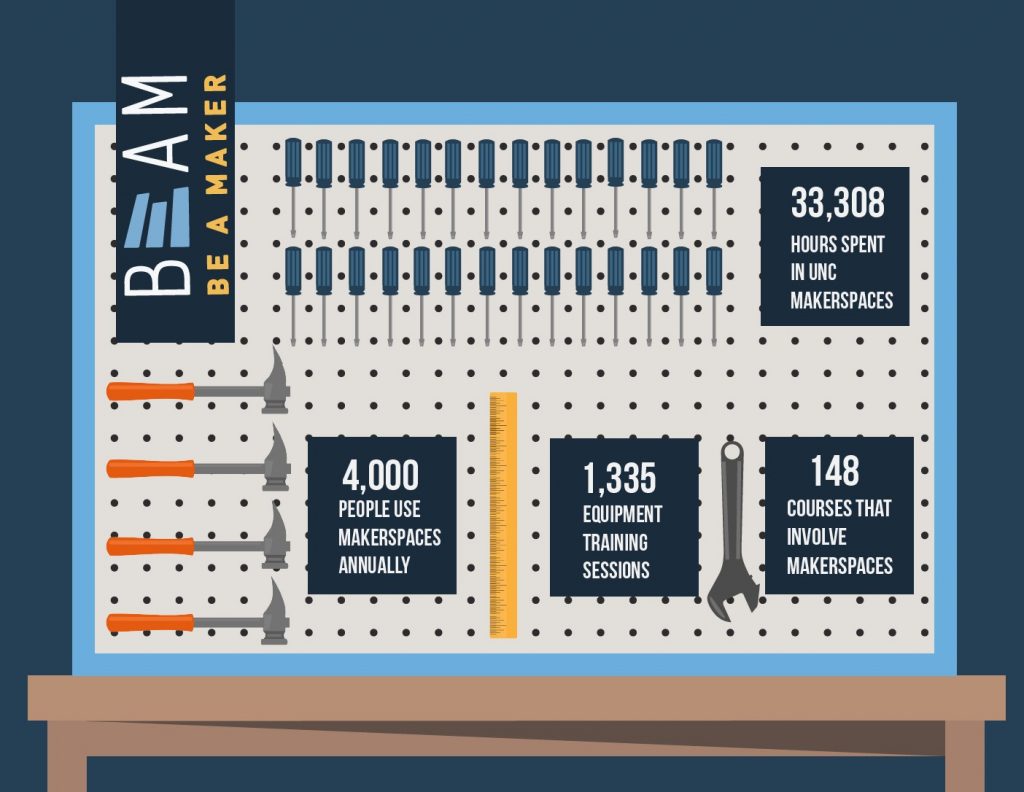
What are the biggest benefits that people at UNC get by participating in BeAM? BeAM gives the UNC community the facilities and expertise to tackle global challenges in a way that was not possible before. It prepares students for entering the 21st century workforce, promotes economic development by supporting innovation and entrepreneurship, provides a broad platform for experiential learning opportunities for UNC students, and gives UNC startups a facility to develop prototypes and iterate on ideas. BeAM also supports research and scholarship across all fields and promotes interdisciplinary and team-based approaches to solving problems.
How does BeAM make a positive human, economic or social impact in the world – whether at UNC or beyond? Beyond the immediate benefits of enhancing education, research, scholarship, and innovation at UNC, BeAM has a goal of transforming the culture of UNC to one in which innovators can make their ideas come to life. Makerspaces are the ultimate connectors. They connect education, scholarship and research, while also enriching lives and encouraging personal growth. BeAM makes UNC a more interesting and productive place to learn, work and live. Plus it enhances UNC’s reputation nationally and internationally.
To date, BeAM has been integrated into a wide variety of courses across diverse disciplines at UNC, and many of these courses are focused on making a positive impact on the world. Megan Plenge, Teaching Assistant Professor in the Department of Geological Sciences, has transformed a traditional geology lab course into a project-based course called Planet Earth. In this course, students fabricated models in BeAM to study things like how plant root density influences erosion and how the porosity of rocks influences the way water passes around and through them.
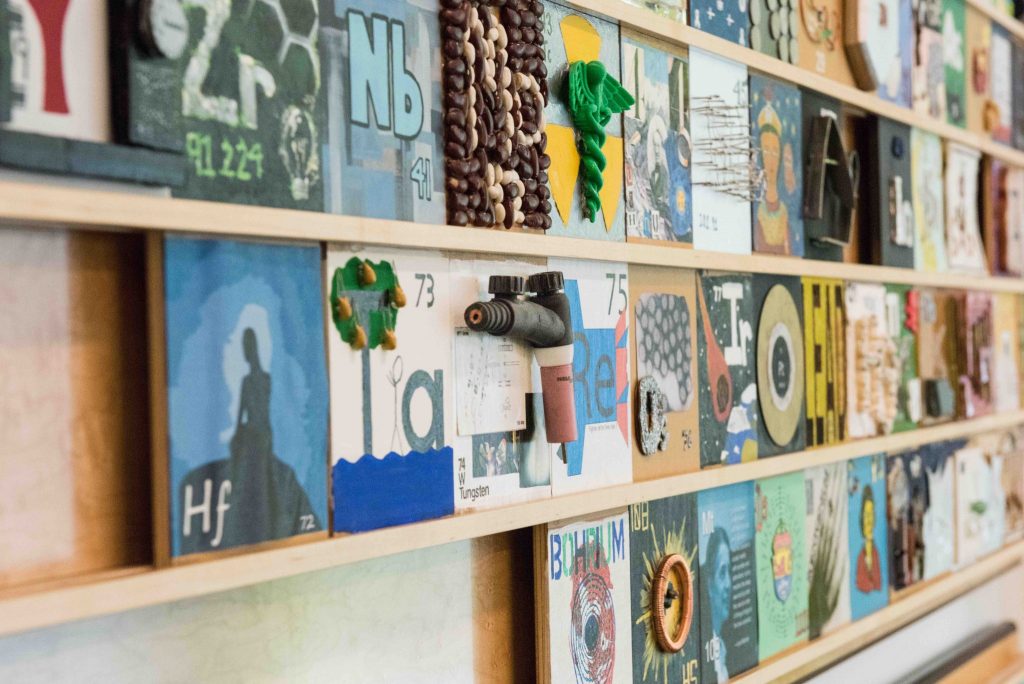

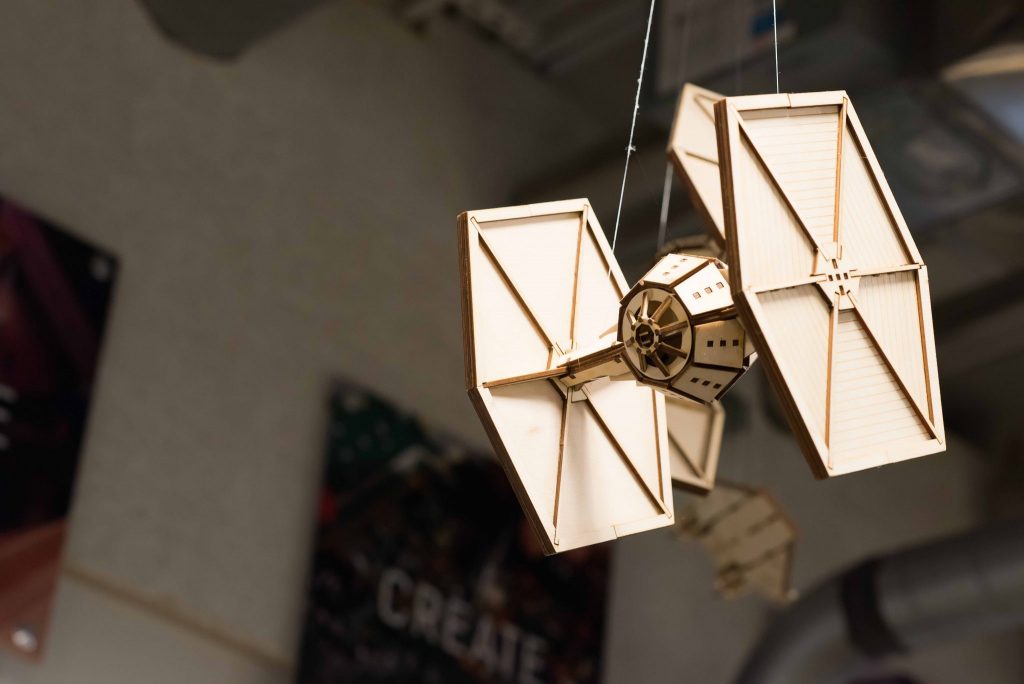
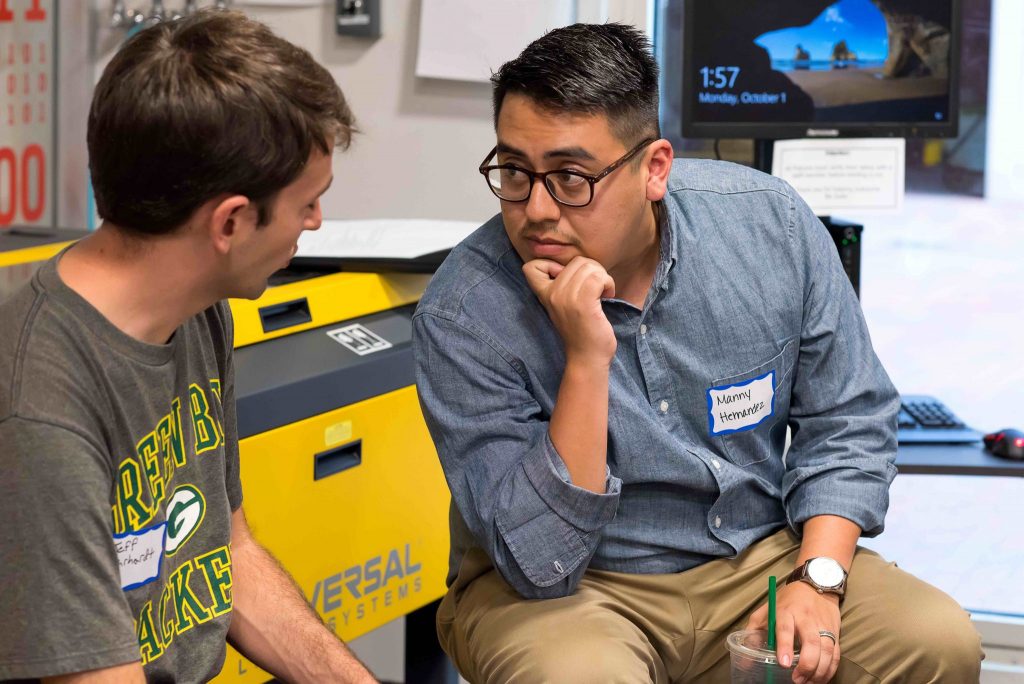
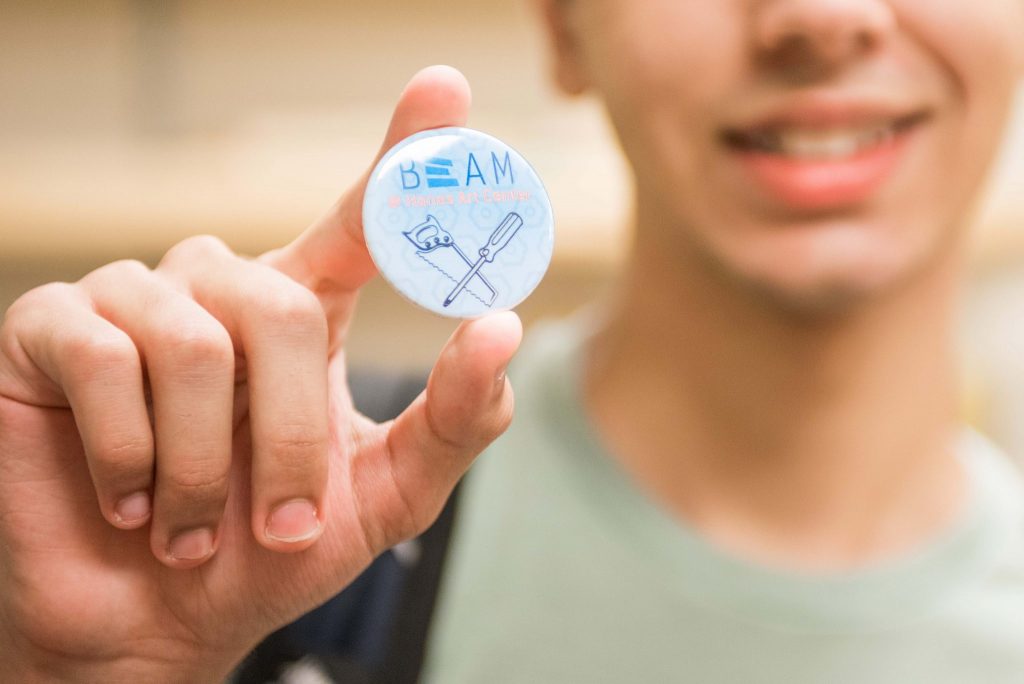
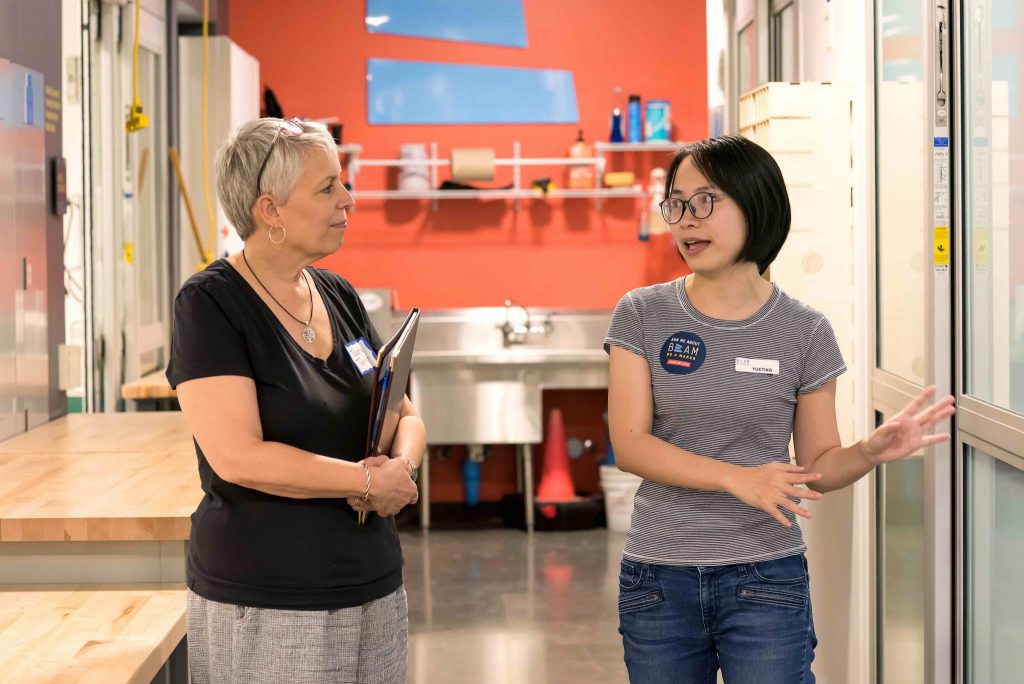

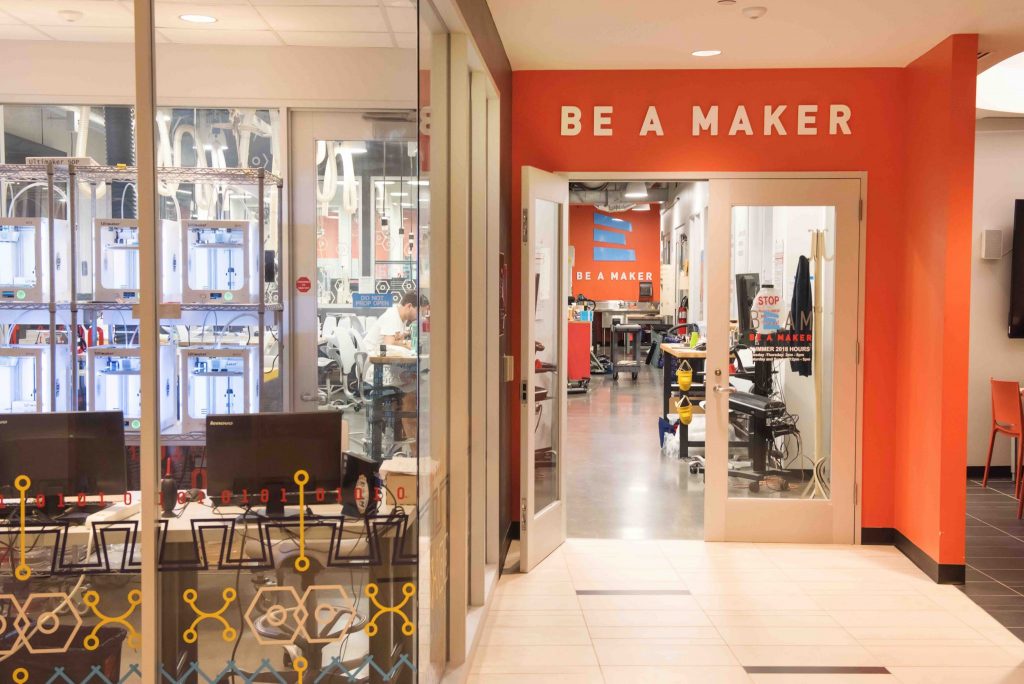
What’s unique about BeAM that sets it apart from makerspaces at other universities? BeAM is broadly inclusive of everyone at UNC. At many universities, makerspaces are siloed in individual departments or schools and are not available to all students. In contrast to this traditional model, BeAM is open and accessible to the entire UNC community. Two of BeAM’s core values are inclusiveness and a sense of community. Users can feel this as soon as they enter the space. BeAM is a place where diversity of people, perspectives and ideas are welcomed and celebrated, and this makes BeAM an ideal place to bring together diverse teams and solve problems that cannot be addressed by any single academic field.
When prospective students visit BeAM, they can sense this feeling of inclusiveness and community immediately. UNC freshman Charlotte Dorn applied to 15 universities, and of those, UNC was the only university without her intended mechanical engineering major. She chose UNC because she immediately sensed that BeAM would provide her with the necessary resources to build things, be creative and be a part of a community of makers.
BeAM equips students in all disciplines with the facilities and resources to bring their ideas to life. It makes them part of a community where they regularly intersect not only with their peers, but also with graduate student researchers and faculty, introducing more opportunities for undergraduates to become involved in research.
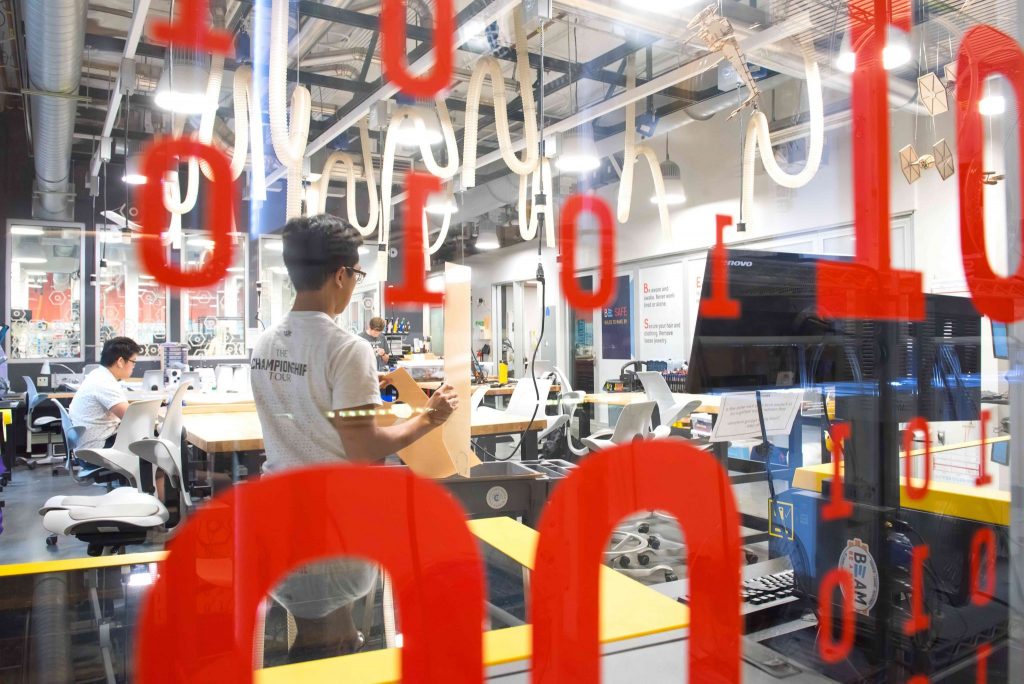
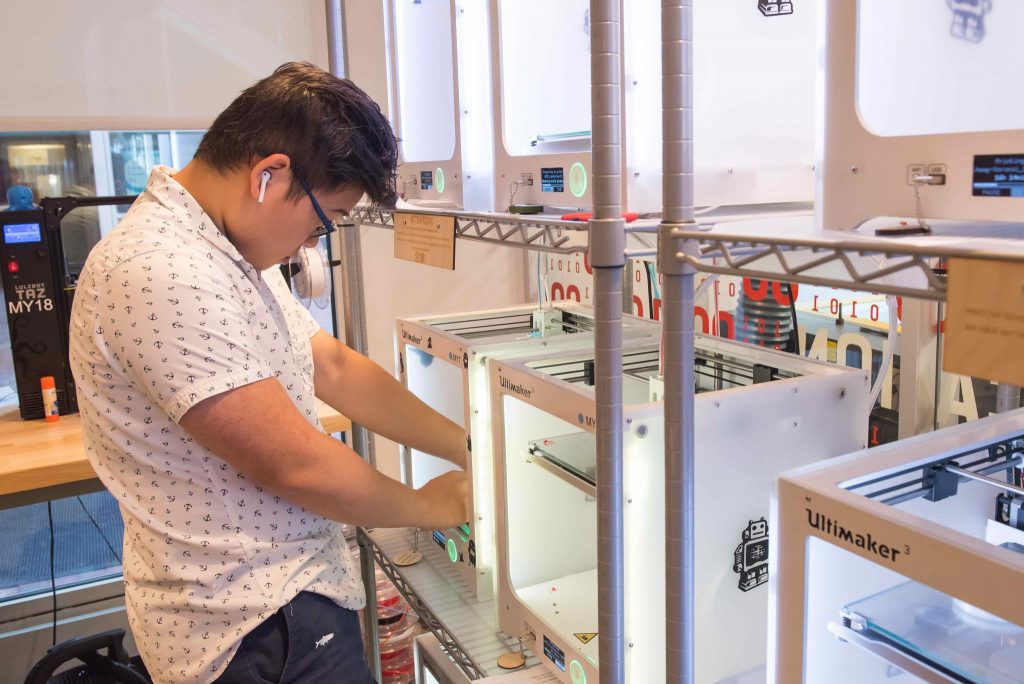
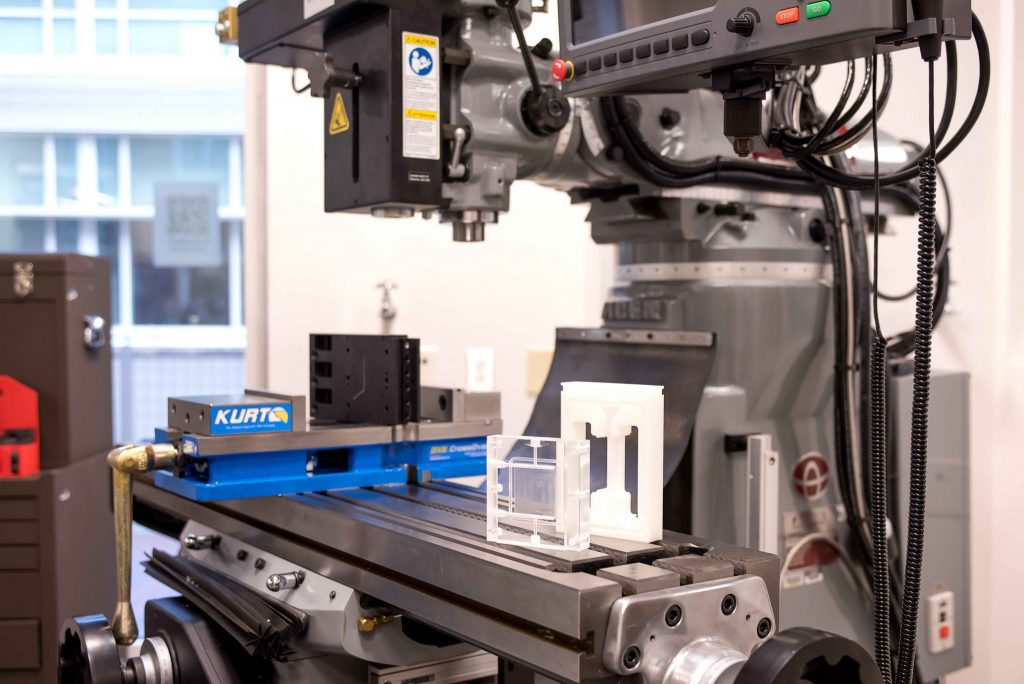
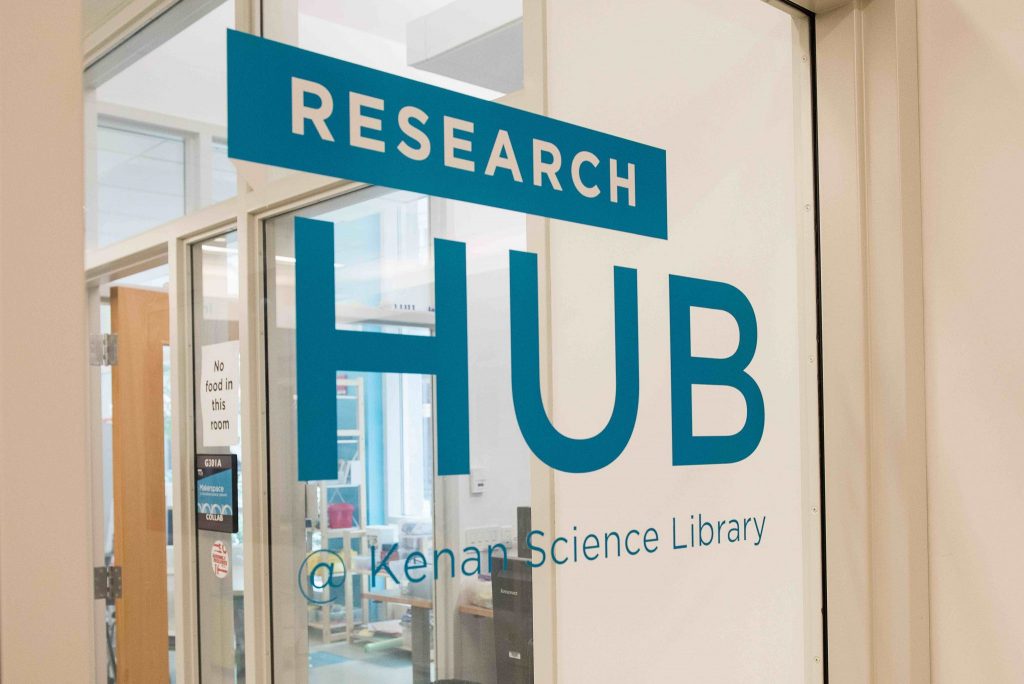
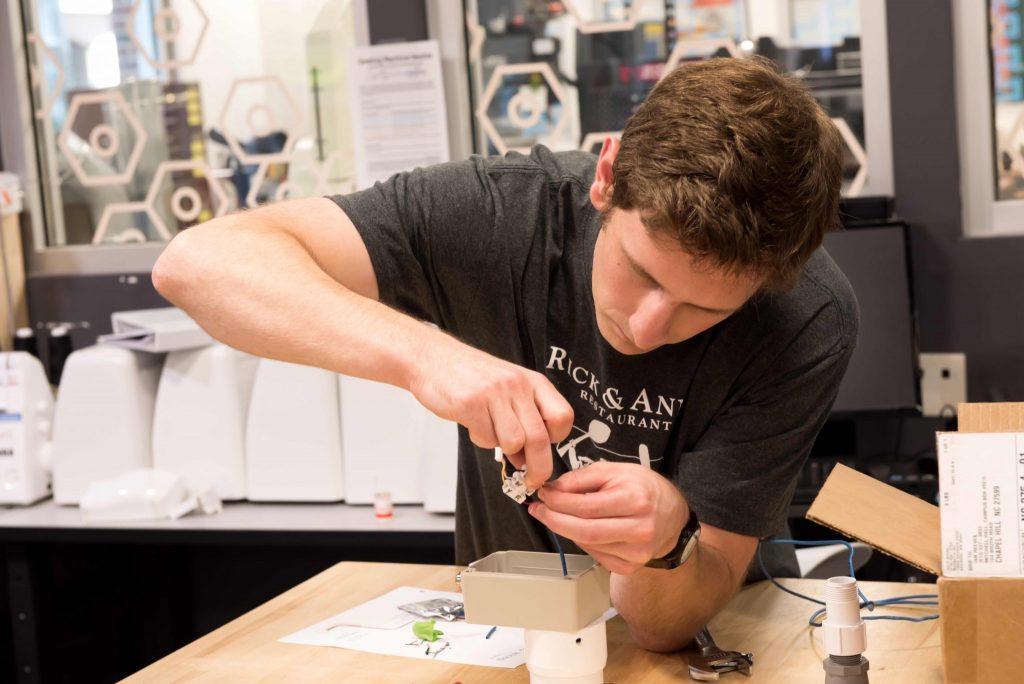
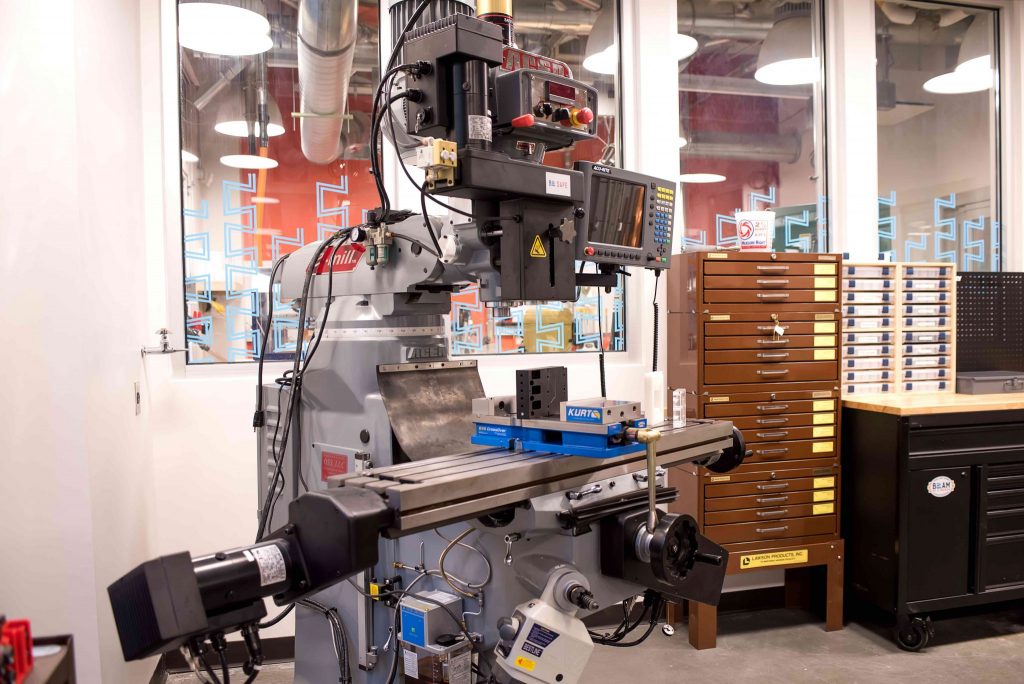
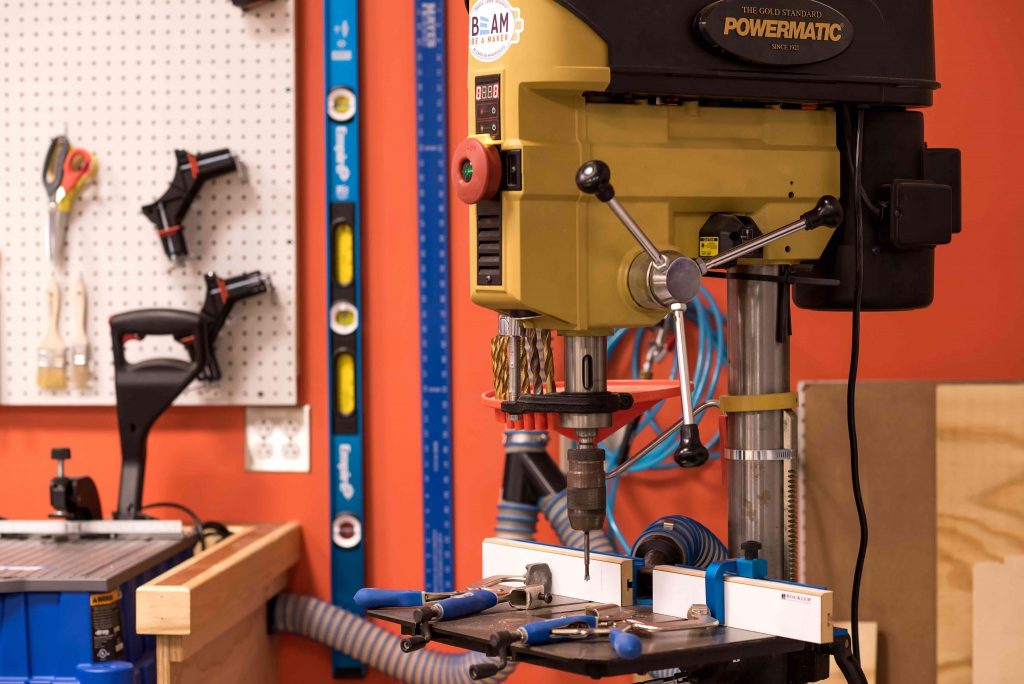
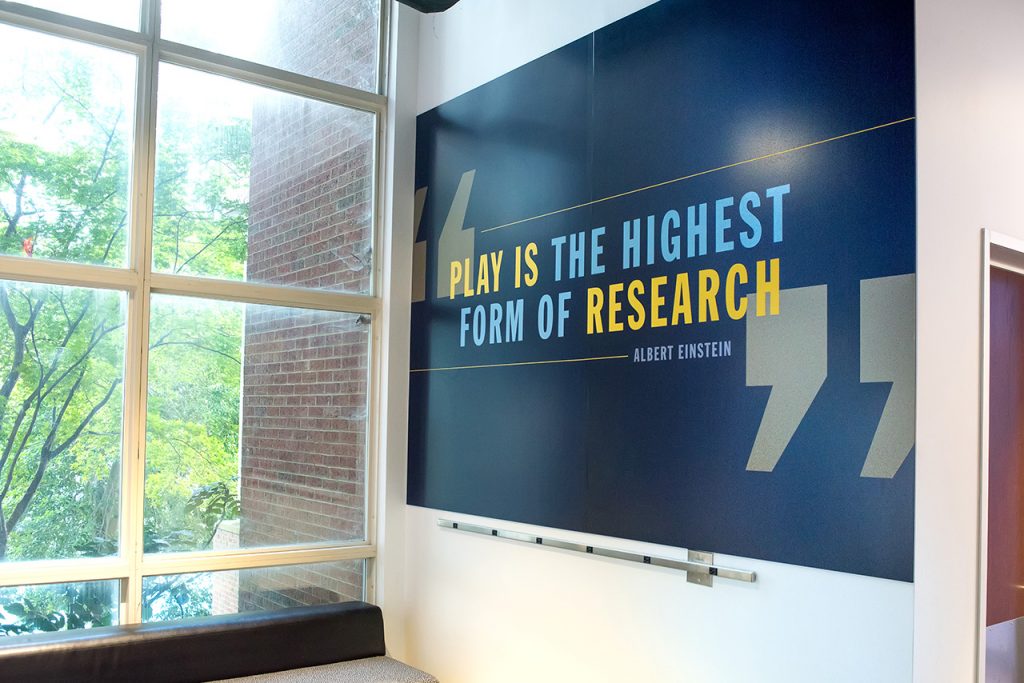
What types of skills can people learn at BeAM that will help prepare them for their careers? Experiences in BeAM provide a wealth of professional and career development opportunities. BeAM users learn a variety of hands-on skills that are valuable in the job market, including digital fabrication, proper use of tools and equipment, and design and prototyping skills. Perhaps even more importantly, BeAM users learn broadly applicable professional skills such as interpersonal skills, communication skills and teamwork. Some BeAM users and student staff even find that their experiences in BeAM change their professional goals, propelling them in a new direction toward careers in making, design and digital fabrication.
What’s something new about BeAM, and what should people expect to see from it in the future? BeAM itself is still relatively new, so it is growing and evolving daily. One of BeAM’s most recent developments is the addition of the BeAM Design Center, a technology resource that offers support for researchers through building integrated instrumentation. This new BeAM service will help make BeAM the go-to spot on campus when researchers need to build or troubleshoot instrumentation.
As budget allows, BeAM plans to open a metal working facility to offer fabrication capabilities, purchase additional equipment to better meet demand, and integrate BeAM into an increasing number of courses. Looking farther down the road, BeAM would like to equip more classroom spaces across campus with tools, equipment, and storage spaces to facilitate incorporation of making into a larger number and wider variety of UNC courses.
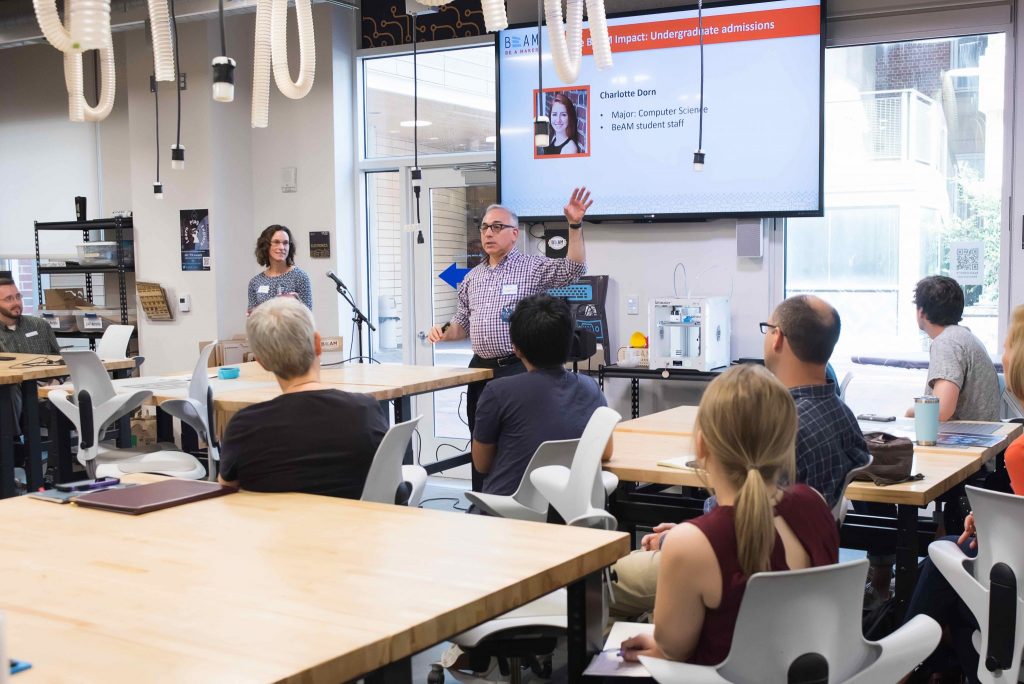
What’s the most surprising thing people should know about BeAM? BeAM is for everyone! At other universities, there is often a sense that making is just for engineers or individuals in other STEM fields, but BeAM has a goal of helping everyone at UNC become a maker. BeAM users span all disciplines, including humanities, social sciences, the arts, and STEM fields. And this diverse blend of individuals from a wide variety of backgrounds adds a richness to BeAM that is unique and deeply valued.
You may also be surprised at the breadth of what people are making in BeAM. Mustafa Girarny, who graduated from UNC in 2017, began using BeAM as a junior while he was working in a laboratory in the School of Dentistry. Mustafa and his colleagues designed a set of new research tools for studying periodontitis. They have since obtained a provisional patent to protect their design, and their work will soon be published in Nature Protocols.
Can you share any results about BeAM and/or a success story of a UNC student or faculty member who participated in BeAM? BeAM’s rapid growth has been truly phenomenal. In the 2017-2018 academic year, BeAM had 3,965 unique users, logged 33,308 user hours, and averaged 142 visits per day. In that same period of time, BeAM supported 148 courses and held 1,335 equipment usage trainings and workshops on a variety of topics. This explosive growth has happened in just two years, and there is no sign of it slowing down anytime soon.
While BeAM’s growth is astounding, what matters most is how BeAM is impacting the lives of individuals. The UNC Helping Hands Club has used BeAM to prototype prosthetic hands for kids. First generation student Kalleen Kelley sees BeAM as a way to stay connected to her roots, an avenue to support herself through school as a part-time staff member, and a resource that is preparing her for her future career. PhD student Ryan Kingsbury worked with a team of graduate students to design and prototype a portable water treatment device for medical applications. These are the life-changing things that are already happening in BeAM. We can’t wait to see what’s next.